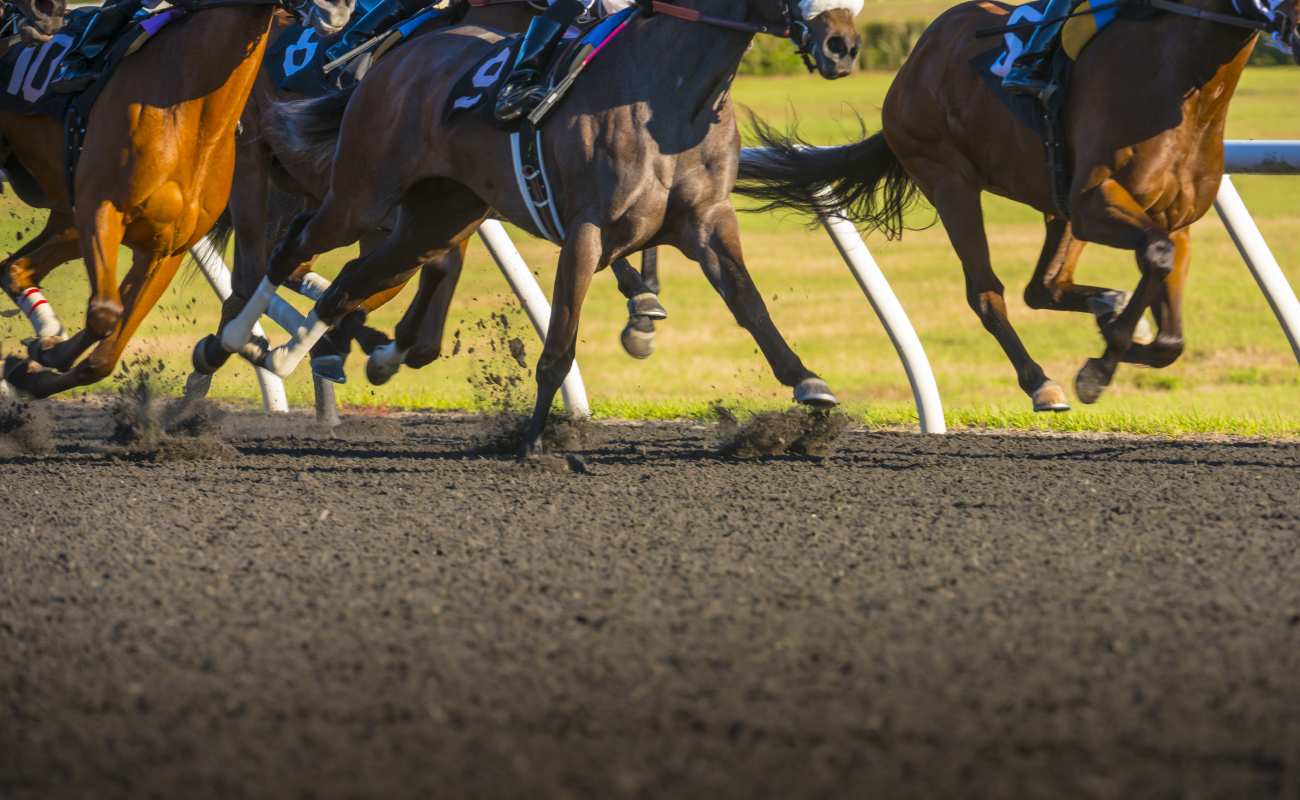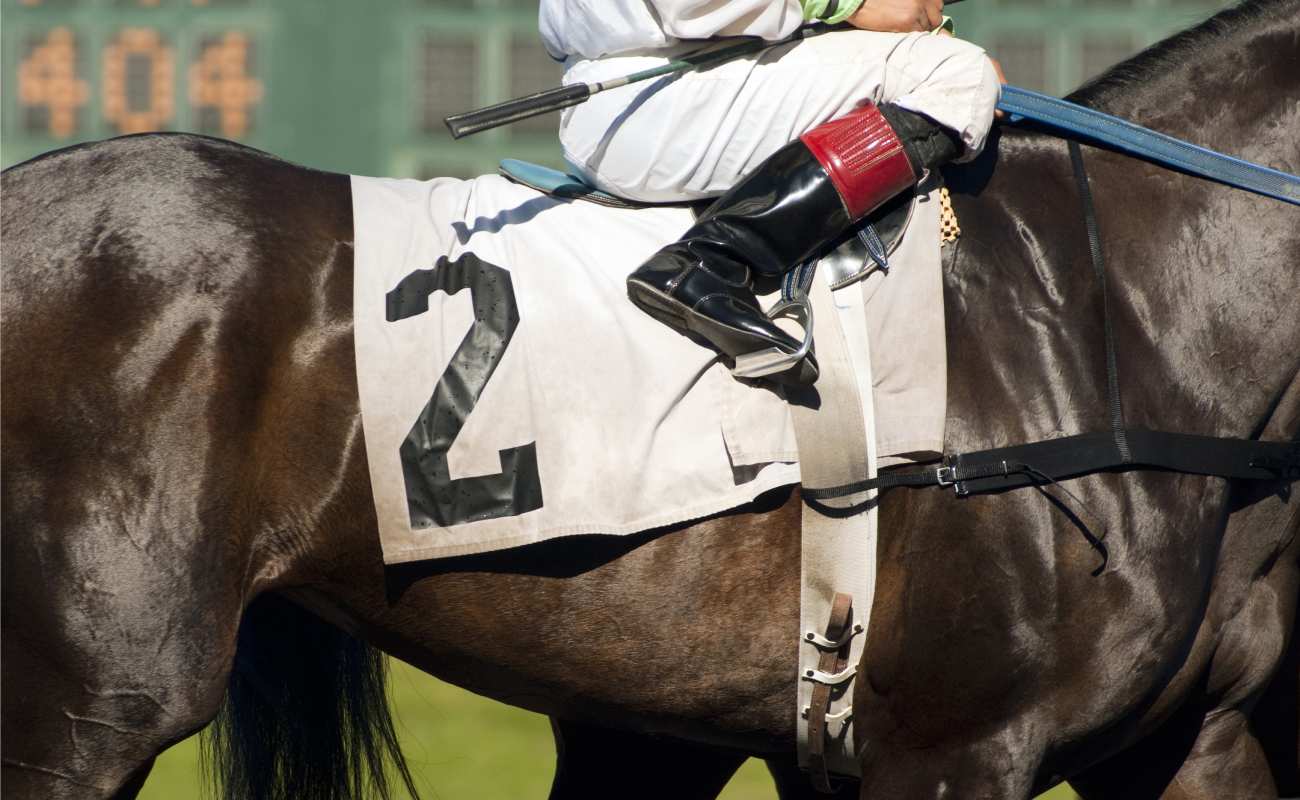Originating in Ancient Egypt and Babylon, horse racing is one of the world’s oldest sports. Regarded as an equestrian sport, it’s when two or more horses and their jockeys compete to pass the finish line first.
From Hong Kong’s Happy Valley and the United Kingdom’s Royal Ascot to America’s Kentucky Derby, there are iconic racecourses all around the world. Raced on all terrains (such as grass and dirt,) horse racing tests the endurance and speed of the rider and their horse.
With hundreds of millions watching each year, this sporting phenomenon has captivated the world, leading to big money being generated via online sports betting, sponsorship, viewership and even horse racing games. New to the sport? You may be interested in some of the different rules of horse racing for beginners.
An overview of horse racing
With different weight classes, course lengths and terrains, there are many different types of horse racing. However, within the various categories of racing, there are generally two familiar types – flat racing and jump racing.
Action-packed and tense, jump racing is where horses race while jumping hurdles. Here you can see horses and jockeys soaring over different obstacles as they gallop around the track. It’s a test of stamina, endurance and timing.
Flat racing is where a horse and its jockey race around a track to the finish line. As previously mentioned, this can be done over various distances, such as flat-out sprints or over long distances. Read on for a more in-depth guide to horse racing’s rules, regulations and jockey requirements.
Race lengths
Regarding horse racing for beginners, it’s good to become accustomed to the different distances of horse racing. In horse racing lingo, races are measured in furlongs. One furlong equals 220 yards. Traditionally, races are distanced anywhere from five furlongs to over two miles long.
The distance of a race is influenced by the venue. For instance, Belmont Park is 1½ miles (12 furlongs) long, whereas Saratoga Springs is 1 1/8 miles (9 furlongs.) This means Belmont Park offers organizers a wider array of options.
Jockeys and equipment
With thoroughbred racing, the most essential piece of “equipment” is the horse. In general, Thoroughbreds, Arabian horses and Quarter Horses are used for racing.
Other vital kit includes the jockey’s helmet and a whip. Horses gallop at tremendous speed, meaning helmets are essential to a jockey’s safety, especially when jumping hurdles. The whip is usually used in the latter stages of a race as a mechanism to get the horse moving faster. However, it’s important to understand the different regulations, country-to-country. For example, some nations allow riders to utilize the whip as often as they can, while countries such as England restrict the number of times they can use it.
Disqualification
Disqualification can occur before, during and after a race. Regarding before and after, it’s usually due to a performance-enhancing substance being given to the horse. During the race, a disqualification occurs if a horse is seen swerving from side to side. Basically, a sanction will be enforced if horses and their jockeys interfere or intimidate any of the other horses in the race.
An example of this occurred on one of horse racing’s biggest stages, the Kentucky Derby. Having won the race, Maximum Security was later disqualified in 2019 for interfering with other competitors.
Horse racing rules and regulations
Similar to the jockey requirements, the rules and regulations of races vary between nations. Although, from America to the Middle East, most rulebooks derive from the United Kingdom.
- All steeplechases, hurdle races and jumping races must begin behind a starting gate or a flag.
- Flat races begin behind a starting stall or starting gate.
- Regardless of the type of horse or race, a flag start will only be deemed fit under exceptional or emergency conditions.
- A false start occurs if the judicator believes a horse broke away before the race had started.
- Jockeys must try to the best of their abilities to win. If stewards notice this hasn’t occurred, it can lead to financial punishments or lengthy bans from the federation. Moreover, depending on the severity of the performance, it can mean disqualification.
- In a hurdle race scenario, jockeys must jump each hurdle.
- Regardless of the type of race, all riders must compete in a safe manner.
- To finish the race, a jockey must cross the finish line on their horse.
- Traditionally, prize money is distributed between the first, second and third finishers.
Additionally, horse racing legislations change year by year, meaning it’s important to keep up to date. Head over here for more horse racing guides and FAQs.
Bet on horse racing with BetMGM
Regarded as one of the most exciting sports to bet on, BetMGM offers gamblers access to races all around the world, 24/7. So, whether you’re in the northern or southern hemisphere, horse betting is never out of reach.
Register today and get in on the action!




